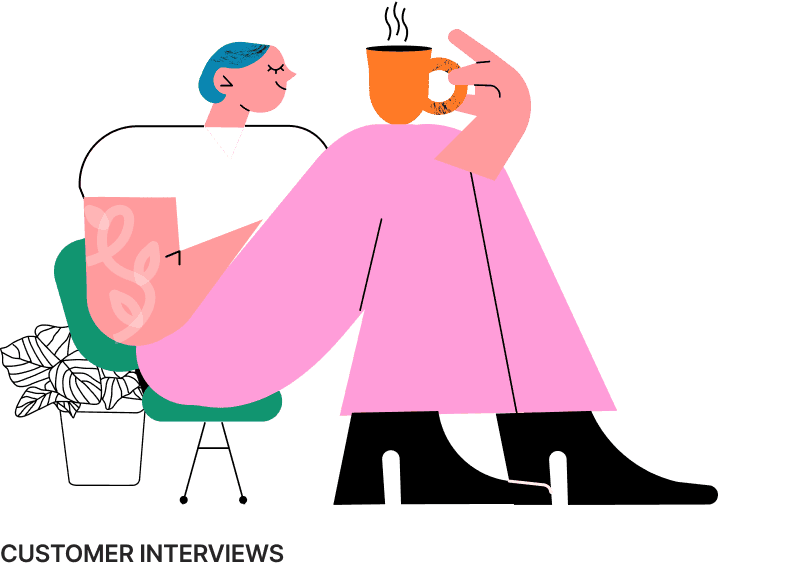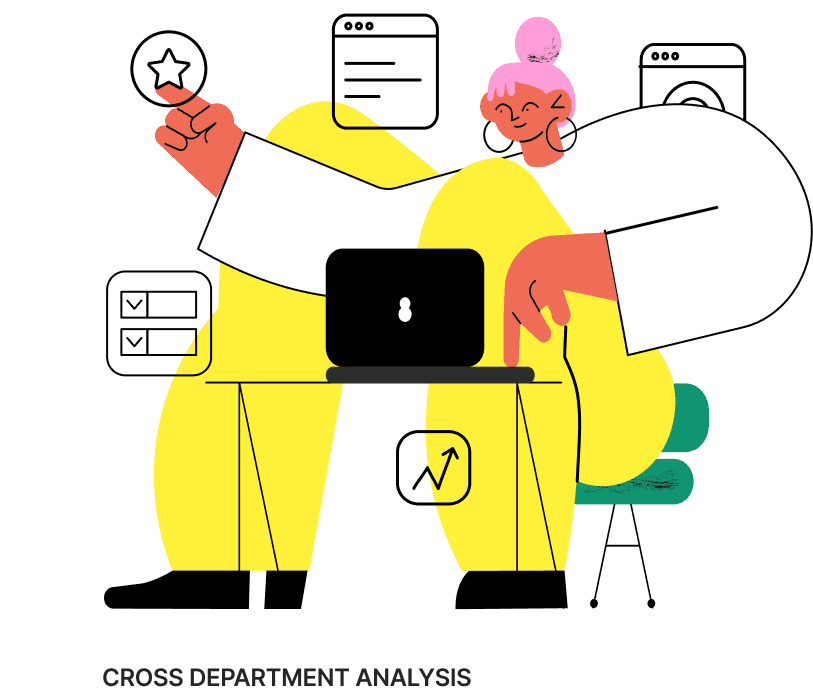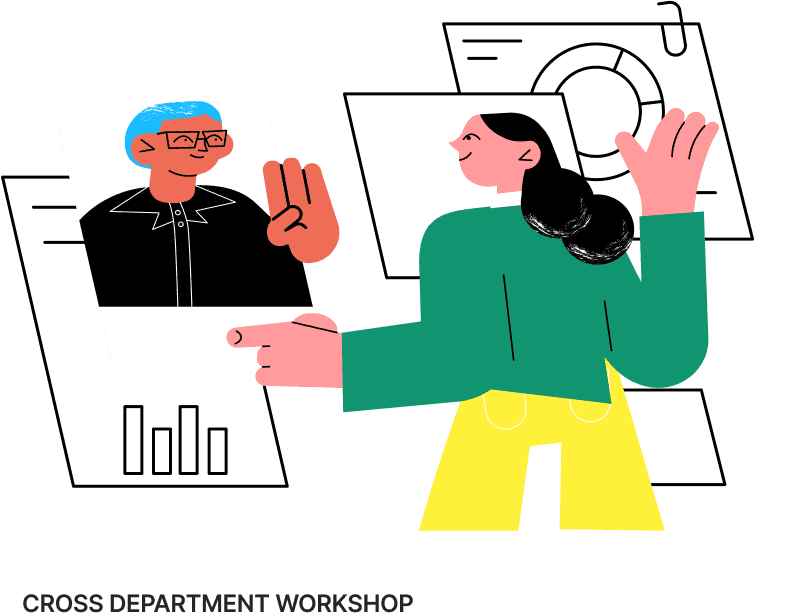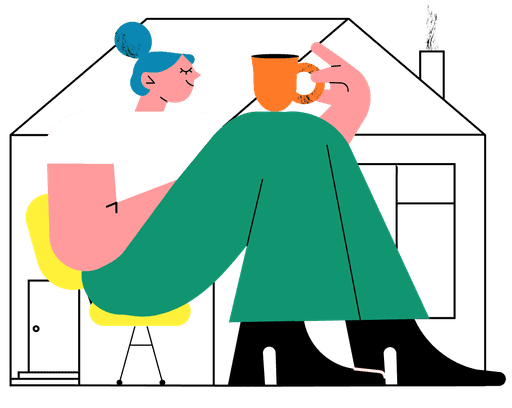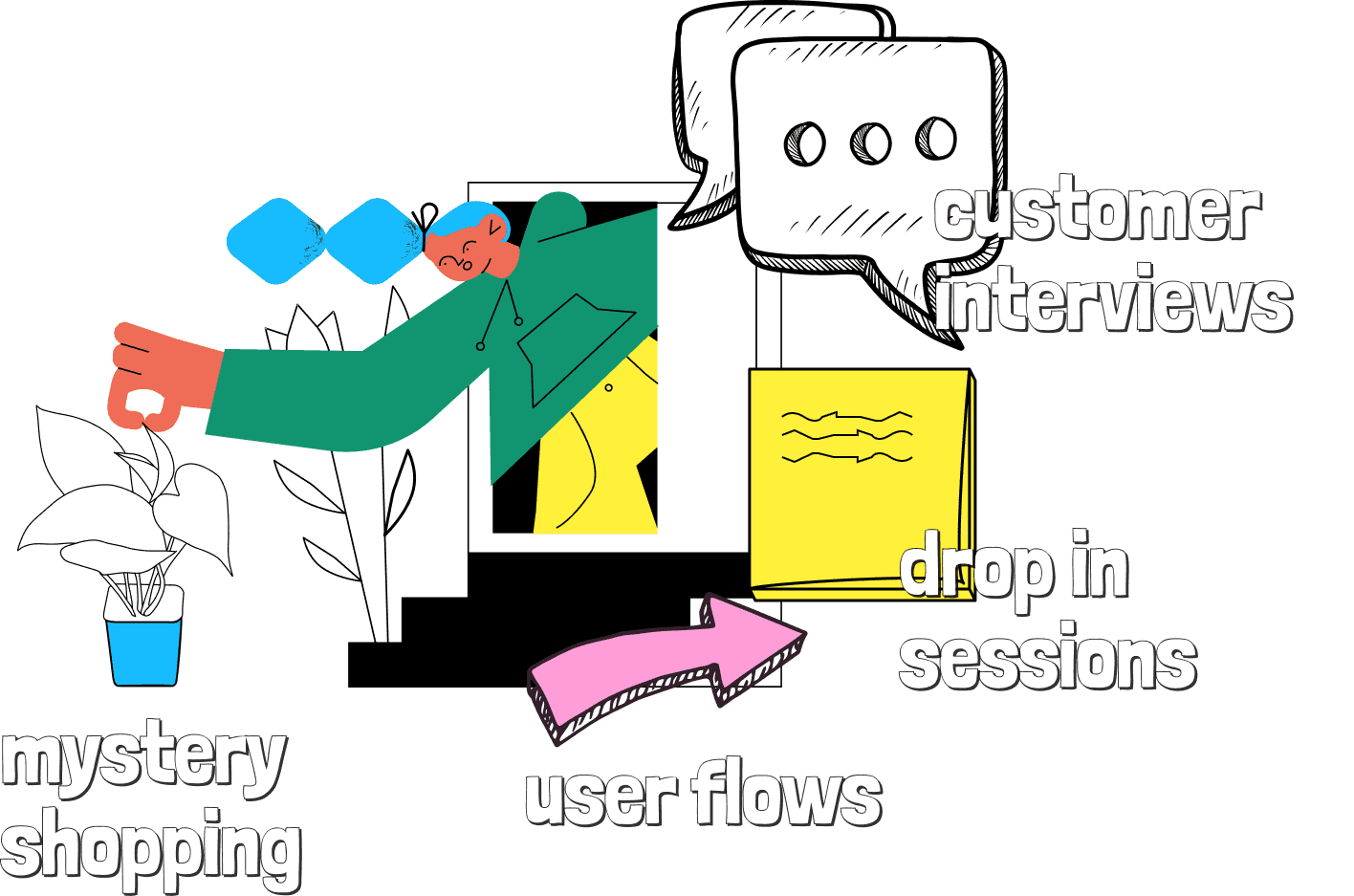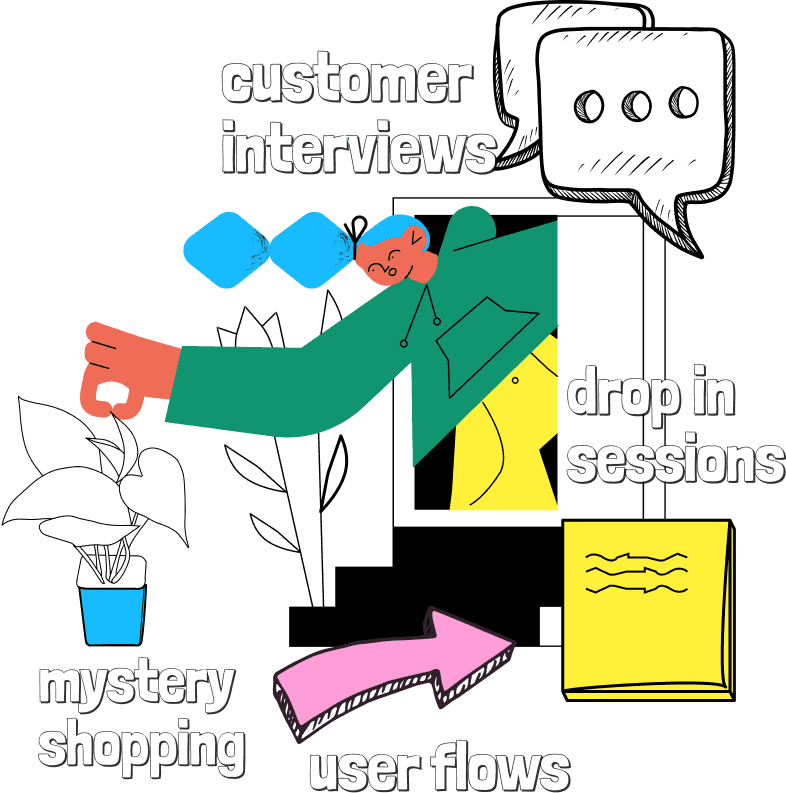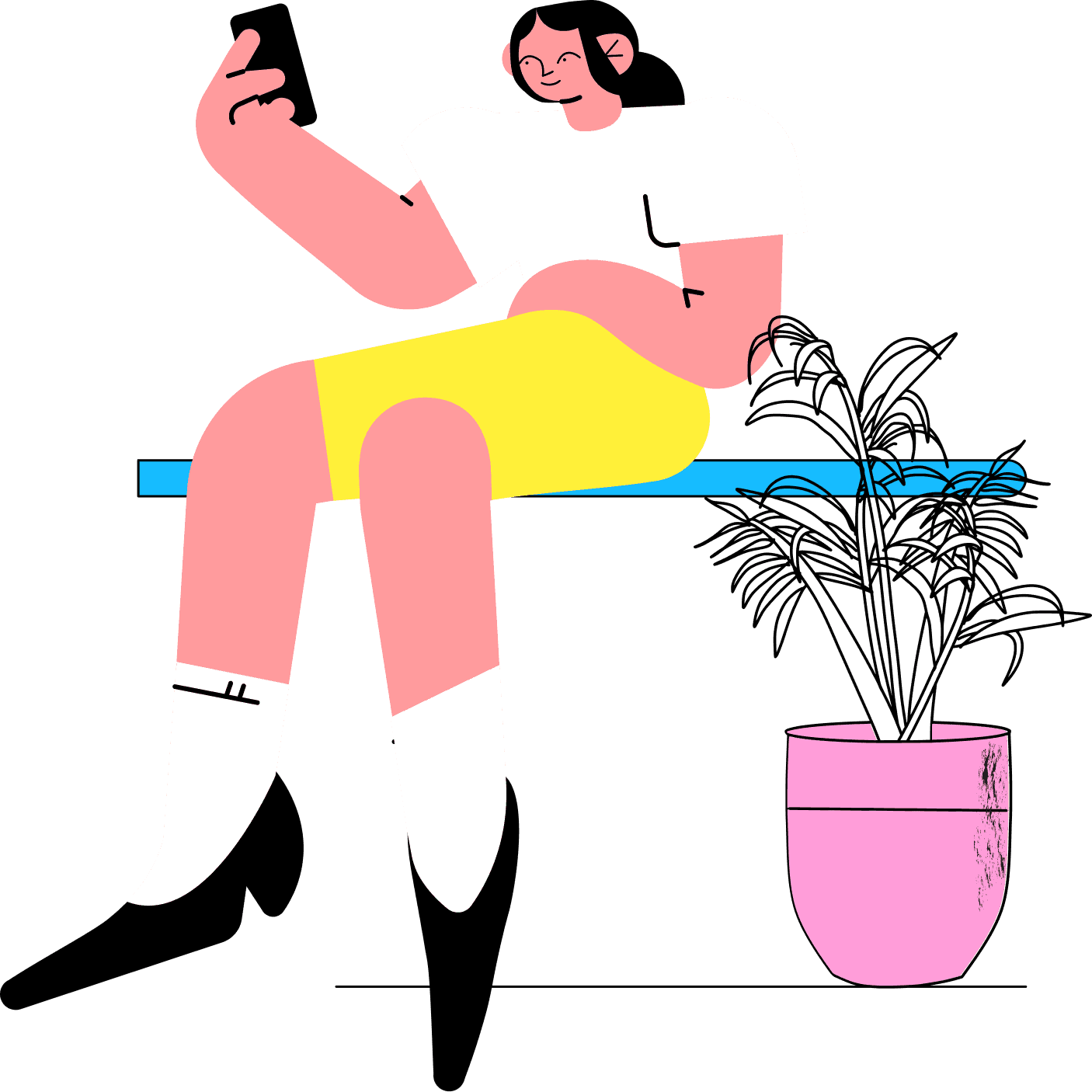Project info
Fast facts
Role:
Lead product designer
Deliverables:
Strategy, User interviews, Workshop hosting, department liaison and knowledge share.
Team:
Product manager, and myself.
Year:
2020
Define
Personas
By creating personas for our customers, we were not only able to build empathy for them but it also created a shared understanding, shorthand and vernacular for the team to use every time we discussed service decisions.
Brining our customers into the room during every discussion we had as a business.
It also enabled us to gain a better understanding around their drivers, goals and challenges they faced. Such as home ownership vs renting or access to outdoor planting vs indoor only etc.
After the creation of 11 personas we were able to identify some as new business opportunities to be sized and investigated.
We were also able to refine our current focus to 3 primary personas that aligned with our mission statement most closely.
This initial step already had a huge impact on our backlog and works we were to prioritise.
Jobs to be done
So we know who our customers are and which ones we want to focus on. It was time to understand what they were trying to achieve.
We took outtakes of the workshop and interviews and distilled them into 10 primary jobs to be done.
The strength in the jobs to be done framework was how it broadened our thinking for ‘competition’ and doubled down on the unique and important ways that plants could solve our customers problems.
Elements that feel obvious when you live and breathe a plant company but should really be core things we celebrate and communicate. Unearthing functional, emotional, personal and social aspects of our customers decision making process.
We prioritised 3 jobs for further investigation as we identified they were the most common among our customers, and were jobs that we should serve under our existing strategy.
Customer story
We knew who our customers were, what they were trying to achieve and had a greater understanding around why plants vs other solutions. But now we needed to know how Patch was doing at solving the customers problems.
Enter stage left: Customer stories. Where personas and jobs to be done combine.
Customer stories allowed us to expand on the job to be done by adding context from our persona work. Adding researched parameters on how our customers wanted to get things done and their challenges and drivers. This created a tangible lens to analyse our offering through.
Stress testing our service
We created user flows that touched on every part of the customers journey that they would need to undertake in order find a solution to the customer story.
We then hosted company wide drop in sessions where everyone could share their insights and thoughts on friction points and elements we received positive feedback on.
This in conjunction with end to end mystery shopping, hotspot analysis, customer interviews, cross department data analysis (Quantitative and qualitative).
Meant our insights were rooted in research and covered the full end to end experience of our customers.

It looked a little something like this:
Problem Statement
Summary
Problem Statement

Why I am proud of this project
Anyone who has worked at a startup knows that speed is key. This can cause friction between finding time to research and finding time to output.
We had a great practice of testing and talking to customers during the design process. But not often in an investigative way before potential solutions had been brought to the table. By taking the time to take a step back and complete the customer experience review we were able to create a back log of customer focused problems and give the product team space to ideate on the best way to solve these problems. Creating better solutions that were more impactful, fruitful and exciting for the customer and team alike.

The customer experience review marked a massive step change for my working practice. While collaborating closely to understand our customer and service better, we all gained a better understanding of each departments ways of working tools, focus and skill sets. Now we knew these practices existed we integrated them into the way the product team drove decisions and gleaned insight as well. It also opened the doors to other teams utilising our tools. With cross department sit ins on our monthly customer interview sessions to name one. Driving real impact for our customers.
As a part of the product team we were in the unique position where we spoke to customers very regularly. However there were many in the company who didn’t get this opportunity. So one of the aspects I enjoyed the most was bringing the customer closer to each and every employee. Every one of our insights we shared had a small bite sized video showing a customer directly quoting or experiencing the problem. By literally bringing their faces and voices into the room it created a very impactful and compelling experience. It also gave our team additional street cred amongst the whole company. With everyone understanding that all our claims were rooted in research.
Next up : Curating the perfect fit. Pot selector feature
E-COMM / WEB APP

